





































































































































5 most important things NFL teams learn at the Scouting Combine
INDIANAPOLIS -- The most meaningful things that get accomplished at the NFL Scouting Combine will never appear on television.
This isn't to say the on-field drills involving college prospects are useless. But for NFL teams, watching events like the 40-yard dash and three-cone drill is secondary to other behind-the-scenes happenings starting with these five big-ticket items.
1. Medical knowledge
Although seeing a player enter an MRI machine wouldn't provide compelling NFL Network programming, the results of that exam and others is considered the most important part of the combine. Franchises understandably don't want to get surprised when drafting a player and later discovering they are damaged goods.
The origins of having one locale to conduct a battery of medical tests dates back to 1977 and University of Kansas quarterback Nolan Cromwell. Coming off a knee injury, Cromwell was forced to undergo individual evaluations with each of the teams that he visited.
Long-time Dallas personnel executive Gil Brandt said Cromwell was exhausted by the time he met with the Cowboys lugging a stack of medical records from city to city. Figuring there was a more efficient way to gather medical info, Dallas and other clubs pushed for joint medical testing that led to exams being held at three different spots around the country. The process was further streamlined when consolidated to one locale in 1985, which is considered the birth of the modern combine.
Any player whose exam generates a red flag will return to Indianapolis for a follow-up in mid-April before the draft. This applies mostly to prospects recovering from surgery.
2. Player interviews
This is the NFL's version of speed dating. Franchises can schedule 15-minute interviews with as many as 60 players in what proves a get-to-know-you session.
Some of the inquiries may be goofy, offensive or even intrusive. That's usually done to try and get a player to break from script after being advised how to answer questions during pre-combine preparation. Whatever is asked, teams should leave the combine with a better feel about how a prospect would fit into their locker-room dynamic.
3. Illegal tampering
The expression "if you cheat, be discreet" applies to the covert contract negotiations being conducted between teams and agents regarding potential signings and contract extensions prior to the March 9 start of the free-agent signing period. Such contact is prohibited under NFL rules, but the league rarely enforces the law because tampering is difficult to prove.
By having a clearer picture of what the market will be for a player's services, teams can plan accordingly about whether to up their offers or start looking for a replacement.
4. Drug testing
The NFL makes no secret that its incoming prospects test positive -- usually for marijuana -- every year. A failed test could be indicative of bigger off-field problems such as addiction or poor judgment that can contribute to a player's draft stock taking a hit (no pun intended).
5. On-field drills
Finally, the fun stuff. But even these results should be taken with a grain of salt.
Some of the prospects with the best scores are lousy players. One example was Maryland offensive lineman Bruce Campbell. He is remembered as one of the most impressive physical specimens in combine history. Campbell had 34 lifts during the 225-pound bench-press drill and belied his 6-foot-6, 310-pound frame by running the 40-yard dash in 4.85 seconds.
There was just one problem: None of this translated to the field.
Oakland found this out the hard way after making Campbell a 2010 fourth-round pick. He never started a game for the Raiders in two seasons before being traded to Carolina where he washed out after one year.
Conversely, a team can mistakenly undervalue a player by getting too caught up on a prospect's score in specific drills. When he worked in Baltimore's front office, Senior Bowl executive director Phil Savage said the Ravens scratched Priest Holmes from their board because of a 4.73-second time in the 40. The Ravens weren't the only ones who felt that way as Holmes went undrafted. He signed with Baltimore as a free agent and proceeded to become a star with the Ravens and Kansas City, where Holmes set the franchise rushing record.
Of all the positions working out at the combine, ex-Tampa Bay general manager Mark Dominik believes defensive backs are most impacted by the results.
"You can't hide athleticism or lack thereof," Dominik said.
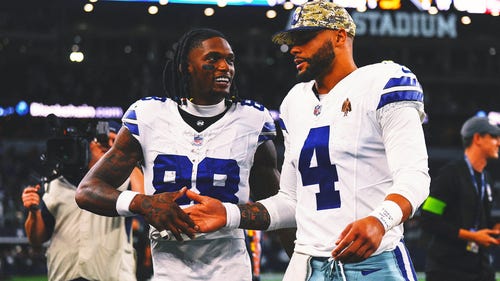
Stephen Jones: Cowboys holding 'money back' to save for star player extensions

2024 NFL Draft prospect rankings: Top 100 led by Caleb Williams
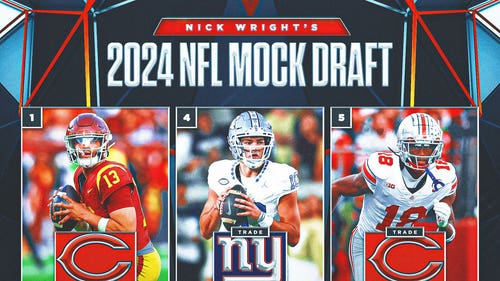
NFL mock draft: Nick Wright has Bears pair Caleb Williams, Marvin Harrison Jr.
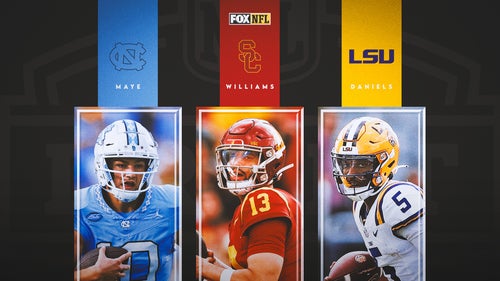
2024 NFL Draft QB rankings: Caleb Williams leads top 10 prospects
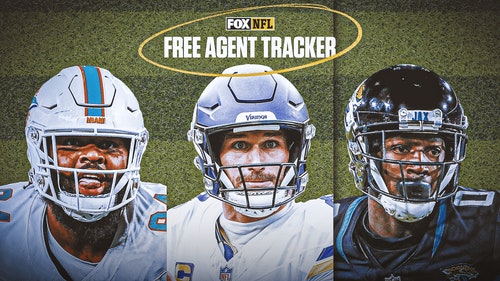
2024 NFL free agency tracker: Signings, updates, best players available
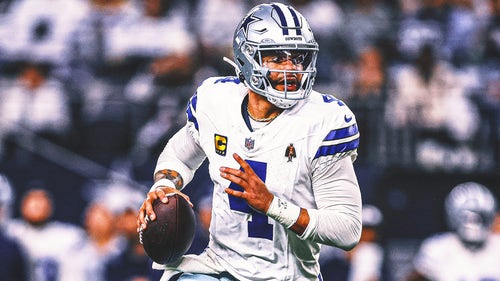
What might Dak Prescott's next contract look like — and will it come with Cowboys?

2024 NFL Draft Schedule: How to watch, date, TV channel
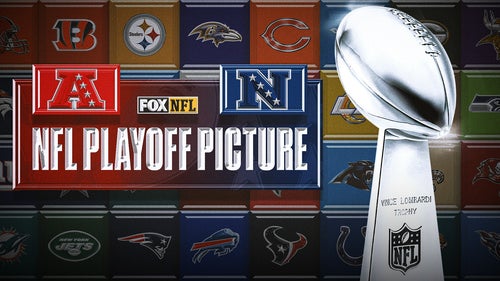
2024 NFL playoff bracket: Schedule, picture, Super Bowl result

2024 NFL Draft RB rankings: No clear stars, but deep top 10 prospects


Stephen Jones: Cowboys holding 'money back' to save for star player extensions

2024 NFL Draft prospect rankings: Top 100 led by Caleb Williams

NFL mock draft: Nick Wright has Bears pair Caleb Williams, Marvin Harrison Jr.

2024 NFL Draft QB rankings: Caleb Williams leads top 10 prospects

2024 NFL free agency tracker: Signings, updates, best players available

What might Dak Prescott's next contract look like — and will it come with Cowboys?

2024 NFL Draft Schedule: How to watch, date, TV channel

2024 NFL playoff bracket: Schedule, picture, Super Bowl result

2024 NFL Draft RB rankings: No clear stars, but deep top 10 prospects
